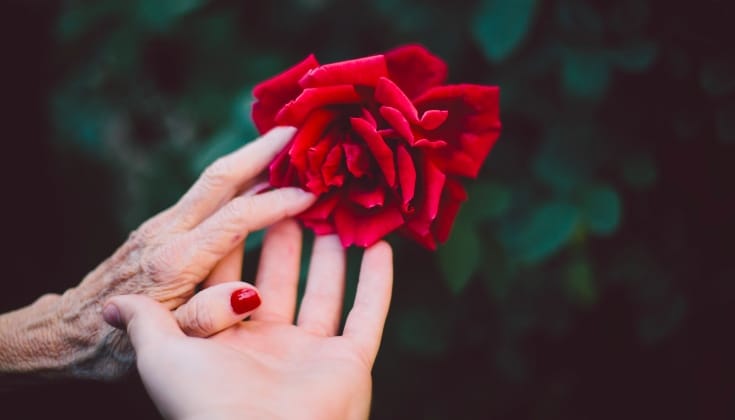We’ve been looking at issues around caring for the dying in our Q&A with Frank Ostaseski and essay by Damien Keown. I just read an article by Jane Gross in The New York Times about a Catholic convent where the Sisters are able to live out their last days in the presence of each other. It’s a compelling story and raises important questions about the best place to die.
“Even when I was dying, I wasn’t afraid of it,” says Sister Dorothy Quinn, in the nursing wing of the Sisters of St. Joseph convent in Pittsford, NY. She has been here since she was a teenager.
Dorothy is dying from heart disease but chooses to remain at the convent rather than go to hospital. She found a lump in her breast, but says she’s not interested in having a mammogram—and she’d likely not survive treatment anyway.
Martin Heidegger once wrote that an authentic life begins with the resolute anticipation of one’s own death. Dorothy is resolute. She has declined 23 of the medications she was prescribed, but still takes the essential ones for her heart. “You just get a feeling within yourself at a certain point,” she said. “You know when to let it be.”
The convent offers a space where death can occur with dignity and support. As Sister Mary Lou tells reporter Jane Gross, “Hospitals should not be meccas for dying. Dying belongs at home, in the community. We built this place with that in mind.”
Dying wasn’t always something hidden from us. In the essay “The Story Teller,” Walter Benjamin laments the relocation of dying from the community to the hospital. “Today, people live in rooms that have never been touched by death … and when their end approaches they are stowed away in sanatoria or hospitals by their heirs.” To this end, he thought, modern day death has lost some of the meaning it once had – the wisdom of a life lived, witnessed by one’s community.
Dr. Robert McCann, physician at Sisters of St. Joseph convent, offers strong evidence of the power of communal living and death. The Sisters he treats report less pain, less depression, and require one-third the usual amount of narcotics used to manage end-of-life symptoms among hospitalized patients.
To me, the NYTimes story reaffirms what Heidegger and Benjamin were confident of: that death is fundamental to life. It is affirmative, and tied to the sharing of wisdom. I guess the best place to die is the place where one can best share oneself.
